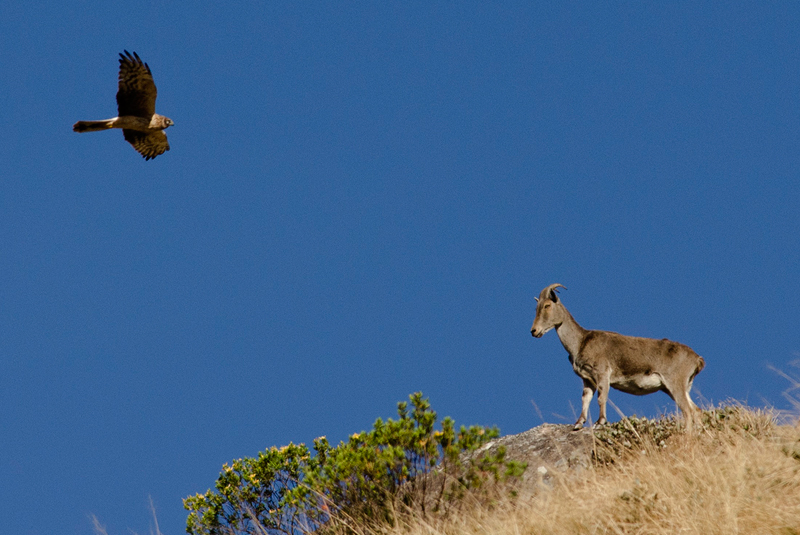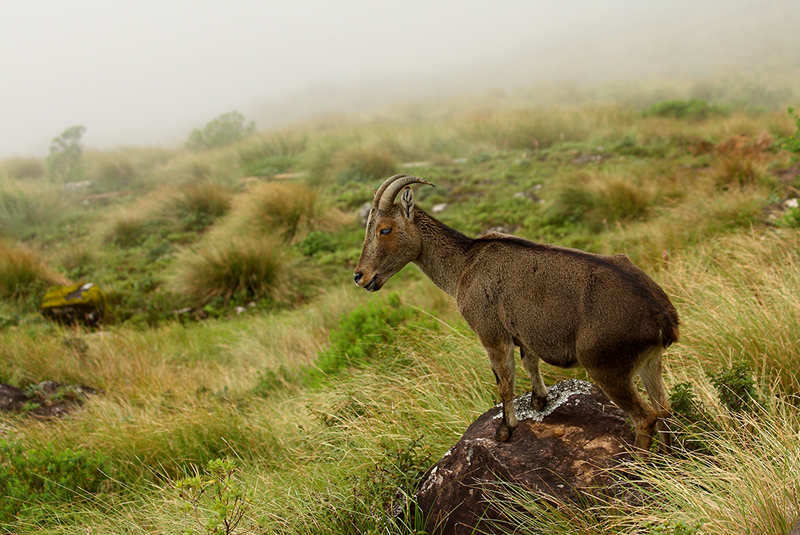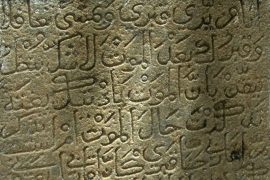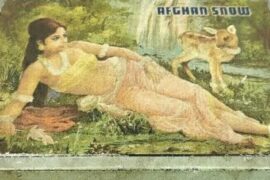The British often came to know about hill stations in India through hunting expeditions. Hunting was so rampant in the Nilgiri hills that, by the end of the 19th century, a visitor remarked:
I have scarcely met a single Englishman on these hills, who does not possess a strong propensity for field sports.
Over time, even the hunters realized that they had killed too many. Many animals had declined in numbers dramatically, in particular, the Nilgiri Tahr. Then called the ‘ibex‘ (after a similar-looking species of mountain goat that is common in Europe) it was known as the only goat south of the North Temperate Zone.

Along the Western Ghats in South India, the Tahr could be found perched atop high, rocky outcrops. Hunting it was perilous – for they are highly agile on the steep hills. In 1875, a British hunter named “Mr. Butcher” was killed while hunting the Tahr, as he fell down the Paikara side of the Nilgiri Hills. The local tribes, such as the Todas and the Badagas, were not prominent hunters. The British arrival in 1830 saw guns arrive in the local hills – and the birth of a thriving meat industry.
Copyright©Madras Courier, All Rights Reserved. You may share using our article tools. Please don't cut articles from madrascourier.com and redistribute by email, post to the web, mobile phone or social media.Please send in your feed back and comments to [email protected]











